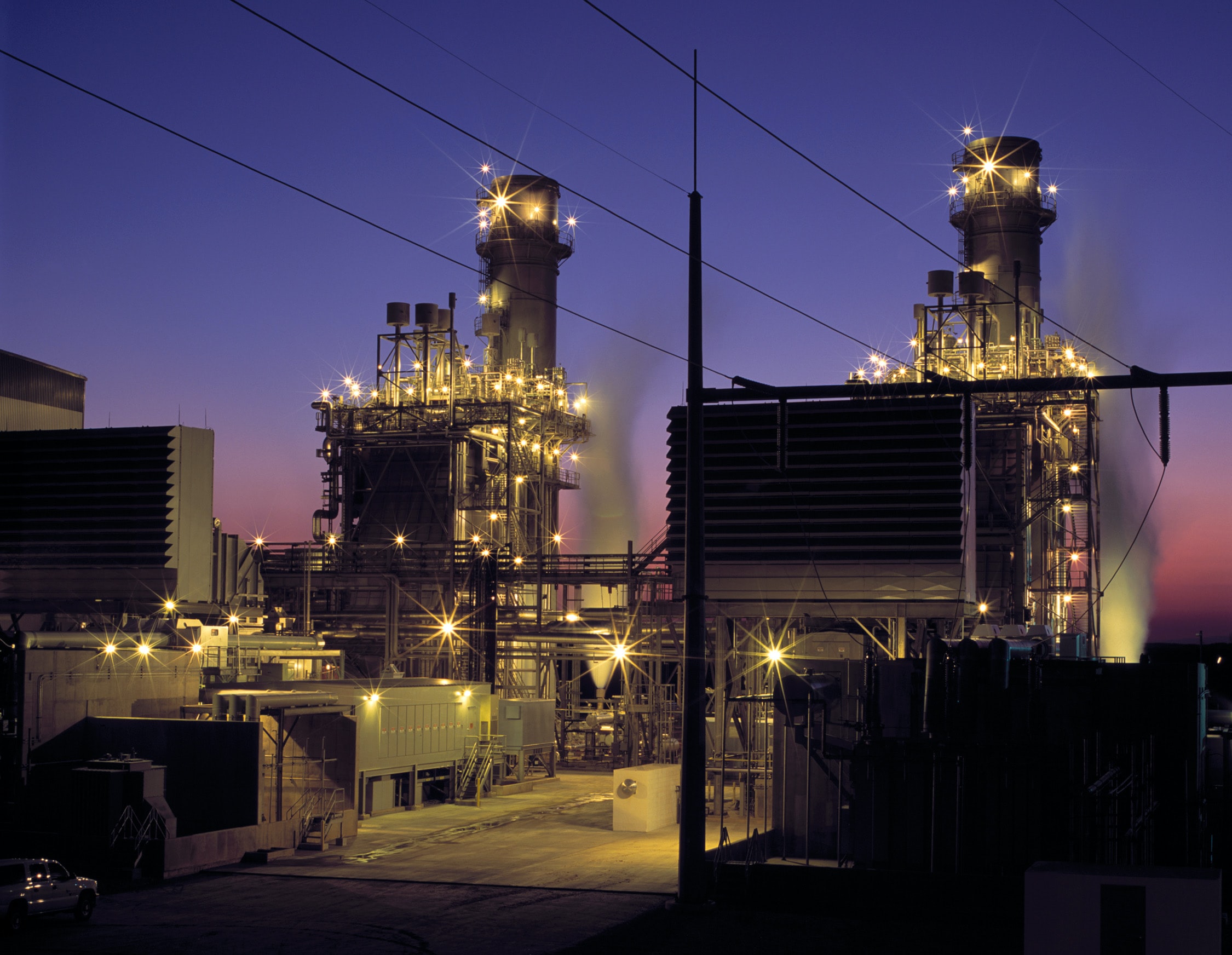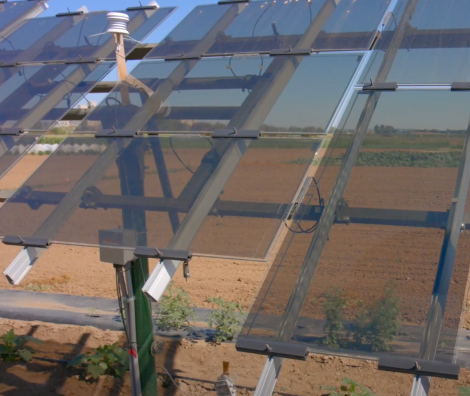Resort hotels are proving to be fertile ground for solar-storage microgrids. Combining its zinc-iron redox flow battery with a solar PV array, VizN is deploying a “behind the meter” solar-storage microgrid that will deliver multiple energy services for a 2,700-acre luxury residential vacation resort in on Nicaragua’s Pacific coast.
Being built on site at Rancho Santana, the solar-storage microgrid combines a 200kW/800kWh version of VizN’s zinc-iron flow battery technology with an 800kW-peak solar PV system. Shaving peak period demand and dispatching power into the evenings – as well as providing fast-start, emergency back-up power – the solar-storage microgrid’s estimated payback comes in at 6-1/2 years, according to VizN.
“Electricity in Nicaragua is amongst the most expensive in Latin America and many C&I customers there are on a grid tariff with a peak rate between 6pm and 10pm when the energy usage spikes,” explained VizN president and CEO Ron Van Dell. “There is also no net metering for excess solar electricity, so our four-hour battery is a strong match for the market because it enables customers to install larger PV systems, get significantly cheaper energy than the grid rates, and mitigate elevated energy and demand rates during the evening network peak.”
Can Redox Flow Compete in a Lithium Battery World?
Redox flow battery developers have had a hard time competing in the nascent market for stationary battery-based energy storage. Lithium-ion (Li-ion) batteries accounted for 97% of all installations across the U.S in 2016, a year in which newly installed capacity doubled year-to-year to reach a record high, according to that latest market report from GTM Research. In addition, two leading flow battery developer-vendors – Imergy, and more recently Aquion Energy – have gone bust.

Inherently safer than lithium-ion counterparts, redox flow batteries, generally speaking, aren’t suitable for mobile or small-scale residential energy storage applications. Typically projects range from tens of kilowatts to megawatt scales in terms of power capacity.
That said, redox flow batteries are inherently scalable and can serve both high power-short duration and consistent, stable low-power discharge over long periods of time. Moreover, redox flow battery power capacity does not fade over time (given simple, proper maintenance) – two factors that can shift the balance of return on investment (ROI) calculations decidedly in their favor. VizN, for example, touts that its zinc-iron redox flow batteries will maintain 100% state-of-charge capacity and will not degrade over 20 years.
Furthermore, they don’t require cooling systems, which can add significantly to life-cycle investment and operating costs. In addition, the zinc and iron used in the electrolytes of VizN’s flow batteries are non-toxic, non-flammable, naturally abundant and readily available commercially. They can be recovered and recycled when the batteries reach the end of their life-cycles.
Their power and energy capacity makes redox flow batteries more flexible in terms of their range of applications, VizN asserts, and that makes it possible for utilities and organizations with high energy usage to use them to provide a range of energy services, more effectively and efficiently than Li-ion battery systems in many cases. This so-called energy services “stacking” has long been viewed as the key driver for improving battery-based energy storage economics. Their long life cycles, ability to provide long-duration power and “peak shaving,” VizN points to Rancho Santana’s solar-storage microgrid as an apt illustration.
Solar PV, Flow Battery Energy Storage at Rancho Santana

Electricity load is growing at Rancho Santana, which includes 152 homes and 17 additional rooms. “Our annual utility expenses are growing and we are exposed to significant peak demand charges, so we had to find a way to sustainably reduce our energy costs without impacting the sensitive environment at the resort,” explained Rancho Santana CEO Matt Turner.
“PELICAN proposed an innovative solar+storage system that will allow us to save over $250,000 per year on our utility bills. Using the non-toxic ViZn batteries for the energy storage not only alleviates any of the environmental concerns, but also provides excellent ROI.”
Working with VizN and Rancho Santana employees, Pelican SA will install and integrate the solar-storage microgrid, which also includes diesel power generators as emergency back-up.
“Rancho Santana came to PELICAN for help. We’ve been working with them to identify the best solar+storage solution and after evaluating numerous storage options, ViZn had the most economically attractive system,” co-founders Allan Cruz and Lâl Marandin added. “ViZn was awarded this project because its versatility to provide both power and energy services gave us confidence the asset would be able to accommodate future growth at the resort.”





